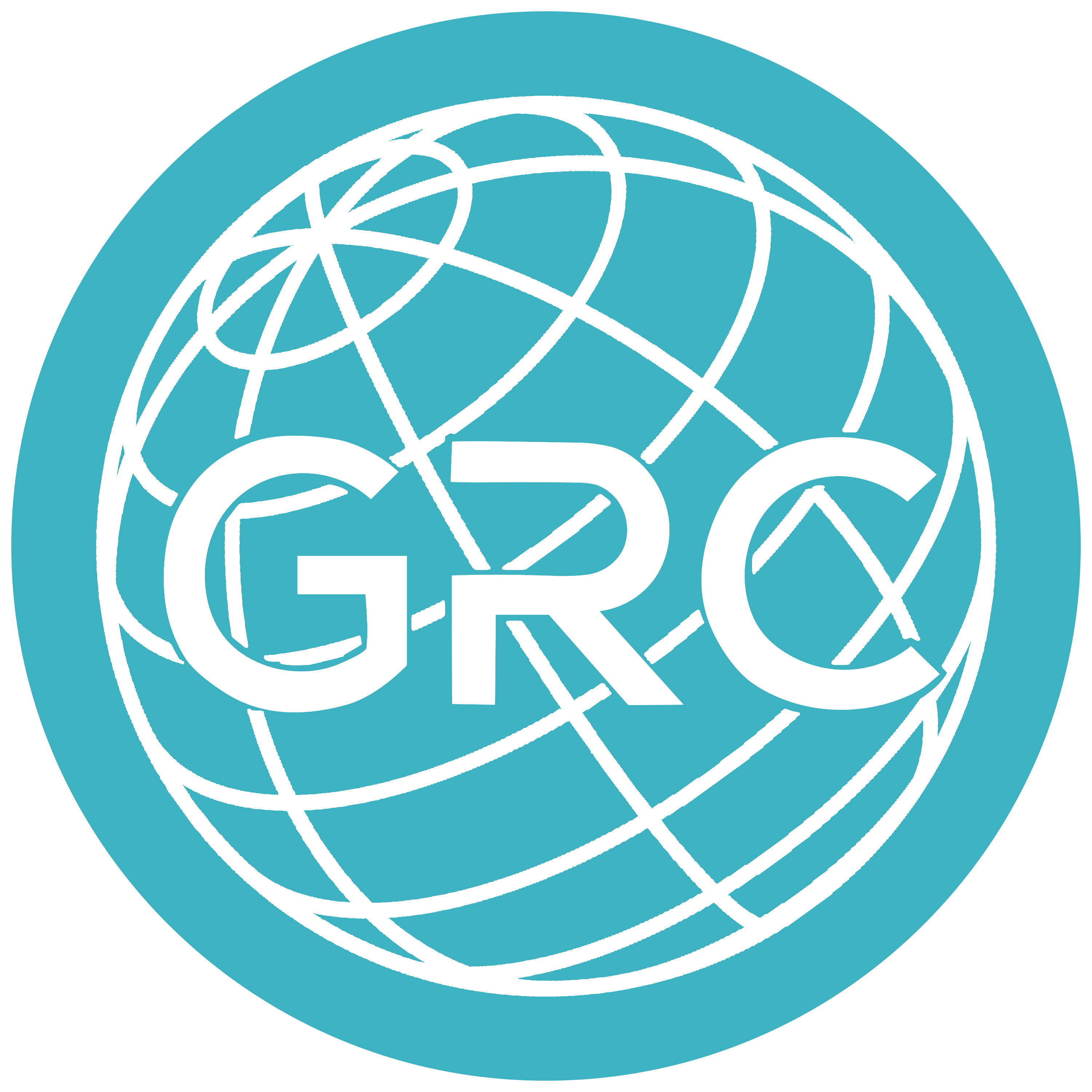Taking Design Thinking to the Nonprofit Sector
Nonprofits are adept at discovering and developing solutions for the most pressing issues around the world. Yet the impact of their ideas is often limited due to a failure to incorporate the ability to grow and scale into their innovation.
Too often do solutions fail because they do not end or start with the users.
Traditional theory on entrepreneurship focus on starting with the end user in mind, learning as much as possible before developing solutions which they desire.
In comparison, nonprofits tend to begin with an existing solution in mind and challenge it with a vague hypothesis about what people need.

Let’s take the case of the Naandi Foundation-run community treatment plant just outside of Hyderabad, India. Despite providing people with safer water at affordable fees, most people still choose to use and drink from the always-open local borehole due to flaws in the design of the treatment plan’s system.
The treatment center requires each family to buy a monthly punch card for 5 gallons a day – which is far more than a standard household needs. Thus, people are unwilling to pay for a good that they will end up wasting.
Furthermore, while the treatment plant works for families with husbands or sons who own bikes and can visit the plant during working hours, the vast majority of women with husbands who work in the city and do not return home until after the plant is closed are unable to carry the heavy, rectangular containers of water on their own.
In addition, the 5-gallon jerrican that the facility requires people to use isn’t designed to follow traditional modes of carrying: they cannot be held on the hip or the head. Therefore, the designers of the treatment plant failed to consider the culture and needs of the community they were serving and ultimately missed the opportunity to develop a more sustainable solution.
Social challenges require systemic solutions that are grounded in the user’s needs. This is where design thinking excels. Its fundamental theme is a human-centered approach: non-profits should be designing for humans.
Design thinking also equips organizations with an effective process to first gain a deep understanding of their users’ perspectives, and then rapidly develop, prototype, and test contextually relevant solutions for a broad variety of scenarios. There are five general phases to design thinking:
1. Emphasize: It’s about them, not us.
Because nonprofits are typically under-resourced, over-committed, and beholden to funders or donors, they often jump to solutions too quickly. However, design thinking provides tools to question these immediate assumptions before churning out solutions.
Before jumping into broad conclusions about the end product or solution (such as “they need a water treatment system”), nonprofits should use qualitative, ethnographic methods, such as interviews and immersion in the field, to truly empathize with their beneficiaries' needs.
2. Define: What’s the problem?
The Define phase involves synthesizing data and findings accumulated in the field in order to identify and articulate the problem as well as re-frame the challenge nonprofits need to tackle.
3. Ideate: How can we solve it?
With a more comprehensive and realistic understanding of their users’ perspectives, nonprofits can move on to rapidly brainstorm any potential solutions to the defined problem. They can also begin to identify viable ideas and prioritize some over others.
While most organizations often are stuck at the ideation phase, design thinkers who invest the time and effort into defining users’ needs find that it is much easier to achieve inspiration and innovation.
4. Prototype: This is the gist of our solution
Nonprofits typically introduce new programs by developing expensive and fully functional “pilots” that are too far along in production for major changes. Meanwhile, design thinking mandates strict time limits for the creation of prototypes.
Prototyping should consist of making quick, scrappy representations of ideas. Such low-fidelity prototypes still successfully communicate ideas to users but also make it easier for them to give feedback.
5. Test: Does it work?
Test iteratively with end users to incorporate their feedback and improve the solution. Given that most nonprofits operate in the developing world, testing prototypes is particularly useful to assess the feasibility of solutions in unique contexts, such as a lack of communication network or infrastructure, which can have unforeseen consequences on long-term success.
Instead of thinking about a problem only in terms of the desired outcome, design thinking focuses on the people affected in every stage. Ultimately, nonprofit organizations around the globe should “think big” with design thinking in order to improve the broader welfare of society. It can serve as the steppingstone needed to take their impact to the next level.
Further information: Nonprofits interested in learning how they can apply design thinking principles to their own work in detail can download the free Human-Centered Design Toolkit, which was originally written for international-aid groups working in developing countries.
By Yani Li



